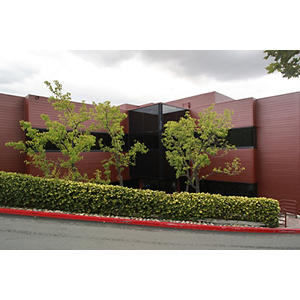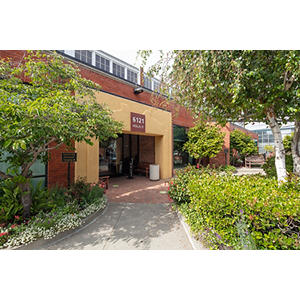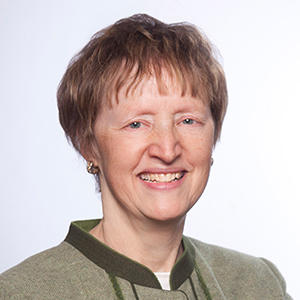Karen Hardy, MD
Clinical Psychologist | Clinical Professor
Pediatric Pulmonology
“I strive to make personal connections with each and every child I see.”
Mi acercamiento
I wanted to help others, especially children because they are the future of the world. As an intern, I saw patients affected by cystic fibrosis who touched my heart, and knew I wanted to become a pediatric pulmonologist.
I have two children of my own, but I feel like I have thousands of children. I get to see my patients from the time they are very young all the way into adulthood, experiencing each stage of childhood development alongside the family. My ultimate goal is to teach each child about their illness and how to deal with the medical system so that as they grow, they learn to be responsible for their own care.
It is a privilege to meet a new family, learn about their concerns, and figure out how I can help make things better. I want every family to know I'm going to work with them. I strive to make personal connections with each and every child I see. Whether they are 3 or 13 or 19, I want each child to know I am their doctor.
Localización

1100 Van Ness Ave, 7th Floor
San Francisco, CA 94109
Mapas, direcciones y estacionamiento
Teléfono : (844) 724-4140
Fax : (650) 725-7578

106 La Casa Via, Suite 220
Walnut Creek, CA 94598
Mapas, direcciones y estacionamiento
Teléfono : (844) 724-4140
Fax : (650) 721-2884

6121 Hollis Street, Suite 2
Emeryville, CA 94608
Mapas, direcciones y estacionamiento
Teléfono : (844) 724-4140
Fax : (510) 587-9606
Experiencia
Asthma
Childhood Asthma
Cystic Fibrosis
Trabajo y educación
University of Toledo College of Medicine and Life Sciences Registrar, Toledo, OH, 6/1/79
Children's Hospital of Oakland, Oakland, CA, 6/30/1983
St Christophers Hospital Pediatric Pulmonology, Philadelphia, PA, 6/30/1986
University of Toledo College of Medicine and Life Sciences Registrar, Toledo, OH, 6/30/1980
Pediatric Pulmonology, American Board of Pediatrics, 2023
Pediatrics, American Board of Pediatrics, 1986
Idiomas
English

Conéctese con nosotros:
Descarga nuestra App: